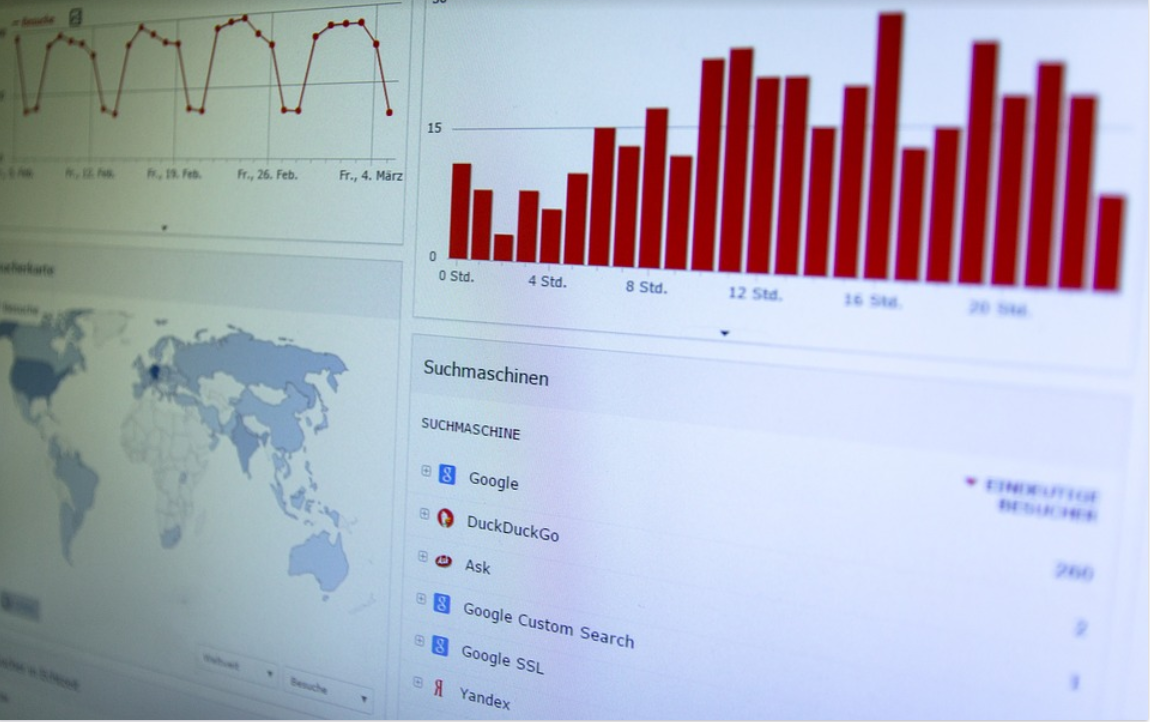

Banking business has been tremendously successful for a long time. It’s well-established rulebook for products, services, and operations play a key role in its success. The financial services providers, on the other hand, have become significantly less successful in this more digital age due to data fragmentation and outdated systems. For this reason, most have gotten on the digital adoption movement to give better customer service. The pandemic has also prompted these organizations to accelerate their digital adoption, behavioral intelligence. Many banks seek new methods to provide better service to customers. For instance, 44% of retail banking clients reported increasingly using their primary bank’s mobile app. Indeed, this similar pattern can be seen in commercial banking (for example, Bank of America’s banking app saw a 117 percent increase in mobile check deposits). Additionally, banks and other financial services providers are now competing with FinTechs and start-ups.
Today’s empowered and informed banking customers expect services tailored to their interaction preferences. To open an account, apply for loans, make payments, or manage existing accounts, they use one or a mix of channels such as internet banking, call centers, ATMs, chatbots, mobile, in-person, and so on. Customers move swiftly between channels. They conduct research online, check social media reviews, contact call center, and then returning to complete the sale online.
Obstacles faced by banks and financial services
It’s challenging to create great and seamless client experiences that span online, social media, offline, and the Internet of Things (IoT) in today’s world of rapid gratification.
Customer relationship management (CRM) is disconnected between divisions, geographies, or product lines. The technical difficulty of connecting experiences across several mediums. As a result, customers have a fragmented and often dissatisfied experience across channels.
How Fintech firms overcome these difficulties with behavioral intelligence?
Latest technology aids in analyzing human emotions and behaviors, the transformation of data into usable information, the enhancement of human discussions, and the generation of improved earnings. Human emotion has hitherto been thought to be impossible to measure and quantify. We track and evaluate the “how” part of human interaction using our unique analytics engine.
How is Behavioral Intelligence used in forms and applications?
Creating Better User Experiences
While most businesses focus on page views, session time, and user flows to improve their online experiences. You may extract previously inconceivable information from their digital language using Business Intelligence and respond appropriately.
Did they complete a few fields before disappearing when you requested a contact number or some confidential medical information?
Seamless Navigation
Customer engagement and happiness can be improved through the use of omnichannel marketing. Consumers expect to move seamlessly from one medium to the next, and banks that take a digital-first approach provide value to their customers by providing tailored and sophisticated services. Numerous platforms allow data created through online mediums of operations to be integrated and turned into actionable data.
Banks may increasingly anticipate client demands, make recommendations, and provide services even before users are aware that they require them. Here are a few examples of client understanding, which can occur even before he is onboarded:
Consumers who initiate account openings online but do not complete them will receive follow-up communication from banking employees to provide a full Omni-channel experience that includes physical and digital support.
When a customer searches for investment alternatives online, a private bank sends a message requesting a review of investment and payment options.
A non-customer searches for loan possibilities without logging in, prompting a call from a bank staffer. Based on an analysis of consumer buying patterns and preferences, a salesperson creates a proactive outreach campaign.
In all of these scenarios, Big Data Analytics and Business Intelligence allows the bank to identify consumer behavior and communicate with the customer in the most effective way.
Takeaway
According to today’s connected customer, the importance of personalization has never been greater than it is now. We assist banks in providing digital experiences that increase client engagement and secure long-term connections. Omni-channel banking platform puts customers in charge of your digital strategy, allowing you to build, manage, and optimize a superior end-to-end customer experience.
No Comments